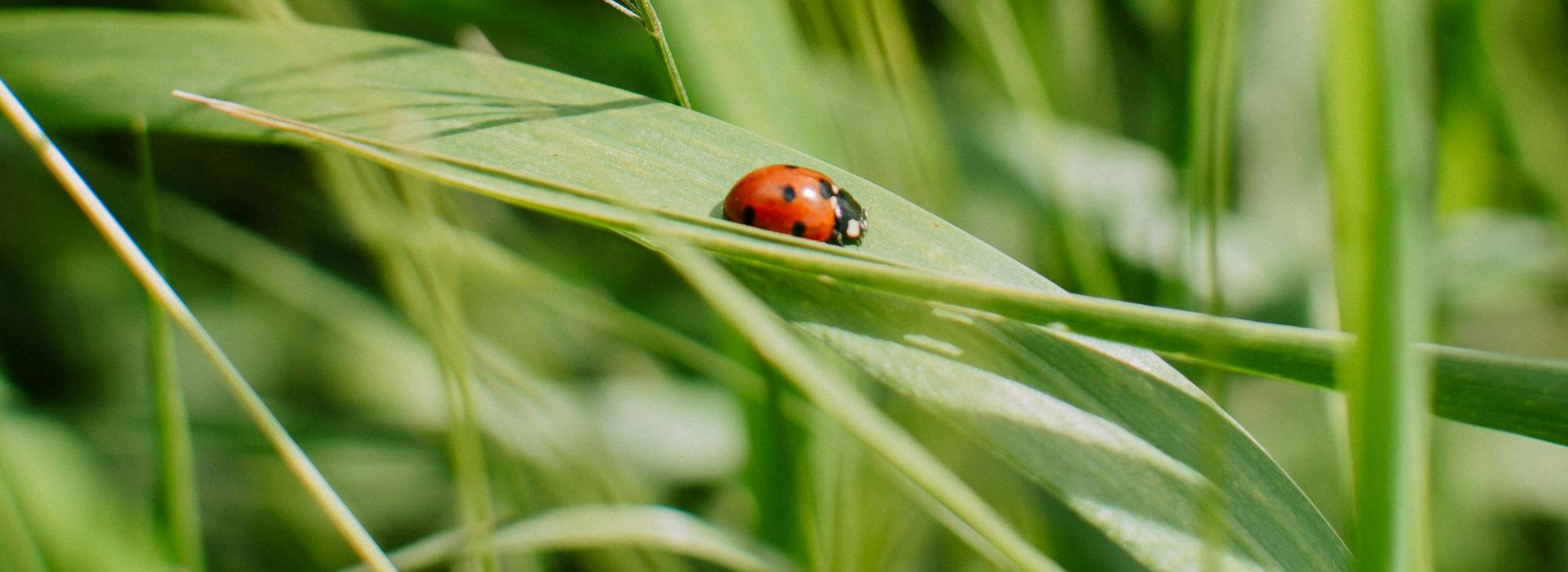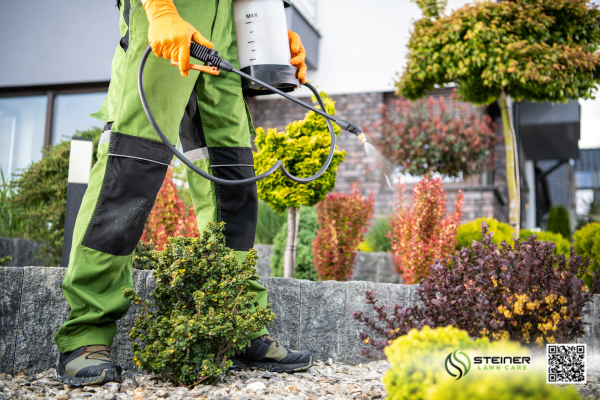
 Spring Lawn Pests: Your Complete Guide to Pest Prevention and Control
Spring Lawn Pests: Your Complete Guide to Pest Prevention and ControlAs the temperatures begin to rise, so does the threat to your beautiful lawn. Spring lawn pests are one of the biggest reasons a healthy lawn turns into a patchy, yellow nightmare. Without early detection and proper prevention, even the lushest lawns can fall victim to the damaging effects of pests like grubs, chinch bugs, and armyworms.
This guide is your go-to spring lawn defense strategy—designed to help you spot, stop, and prevent pests before they cause irreversible damage.
The first step in battling spring lawn pests is understanding who you’re up against. Each pest leaves behind unique signs of destruction. Knowing what to look for can save your lawn.
Catching a pest problem early can be the difference between a quick fix and a full lawn renovation. Here’s how to inspect your lawn like a pro:
Now that you’ve identified the problem, it’s time to act fast. Whether you prefer eco-friendly solutions or need fast chemical results, you have options.



Preventing spring lawn pests starts with building a healthy lawn ecosystem. A strong lawn is naturally more resistant to infestations.

 Real-Life Lawn Saver Story: A Quick Turnaround
Real-Life Lawn Saver Story: A Quick TurnaroundMeet Sarah, a local homeowner who noticed browning patches in early April. She dug up a small area and found grubs feasting on the roots. Within 24 hours, she applied beneficial nematodes and followed up with overseeding and fertilization.
Three weeks later, her lawn was thick, green, and pest-free—just in time for her son’s birthday party. All it took was early action and the right treatment.
You can do the same. Don’t wait until pests win.

